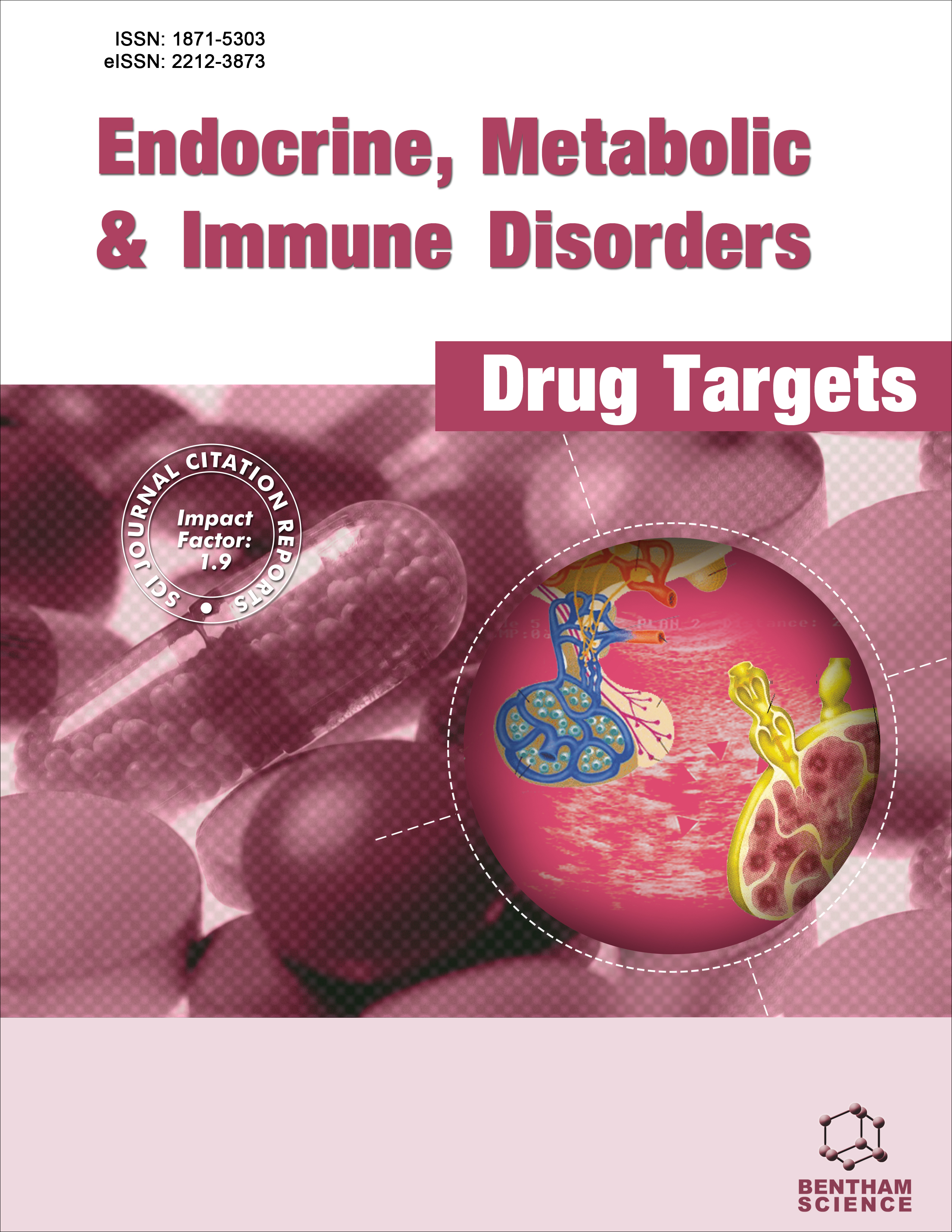-
s The Pathogenic Role of Foam Cells in Atherogenesis: Do They Represent Novel Therapeutic Targets?
- Source: Endocrine, Metabolic & Immune Disorders-Drug Targets (Formerly Current Drug Targets - Immune, Endocrine & Metabolic Disorders), Volume 22, Issue 7, Jun 2022, p. 765 - 777
-
- 01 Jun 2022
Abstract
Background: Foam cells, mainly derived from monocytes-macrophages, contain lipid droplets essentially composed of cholesterol in their cytoplasm. They infiltrate the intima of arteries, contributing to the formation of atherosclerotic plaques. Pathogenesis: Foam cells damage the arterial cell wall via the release of proinflammatory cytokines, free radicals, and matrix metalloproteinases, enhancing the plaque size up to its rupture. Therapy: A correct dietary regimen seems to be the most appropriate therapeutic approach to minimize obesity, which is associated with the formation of foam cells. At the same time, different types of antioxidants have been evaluated to arrest the formation of foam cells, even if the results are still contradictory. In any case, a combination of antioxidants seems to be more efficient in the prevention of atherosclerosis.


